Cockpit-Modernization
UPS is trimming its Airbus A300s for the digital age
UPS's Airbus A300s are far from reaching the end of their life cycle. But the cockpits are out of date. They are now being extensively modernized.
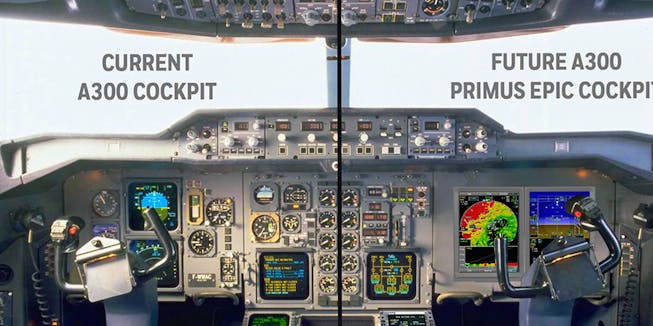
Before and after comparison between the current Airbus A300 cockpit (left) and the modernized version (right).
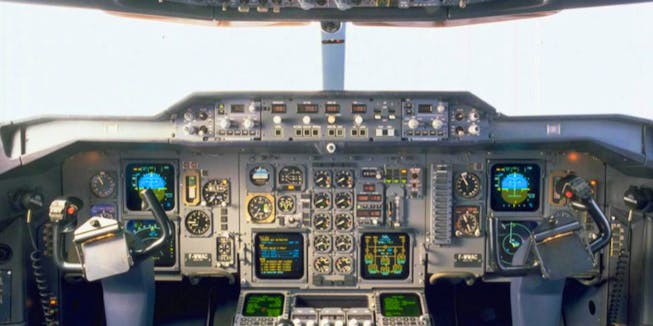
The previous cockpit in detail: The distinctive design from the 1970s is clearly recognizable.
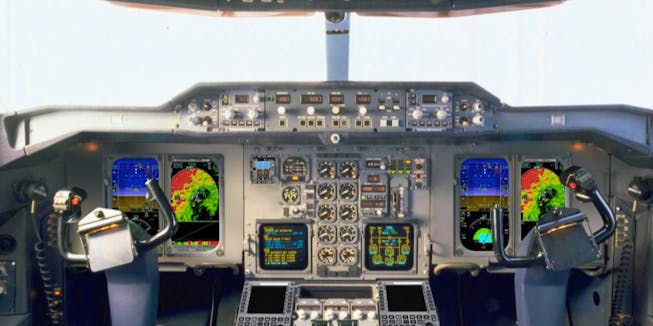
Overview of the modernized cockpit: LCD screens will dominate the cockpit of the A300 at UPS in the future. Only the engine displays in the center remain analog.
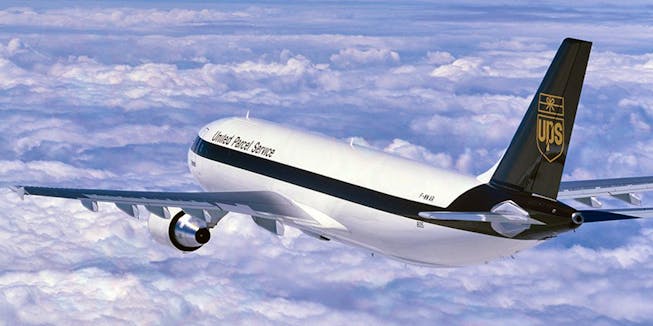
UPS received its first Airbus A300 in 2000.
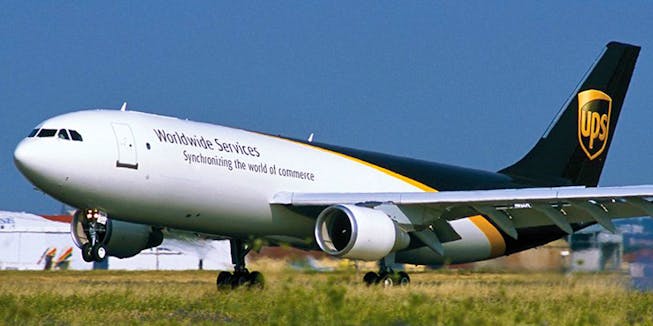
The cargo airline operates 52 aircraft of the type that had its maiden flight in 1972.
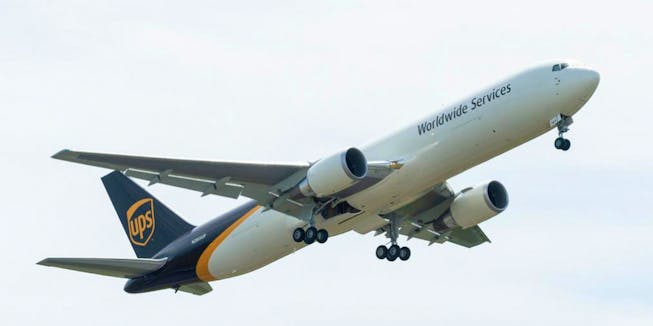
They also operate the Boeing 767 (shown here) and its smaller sister model, the 757.
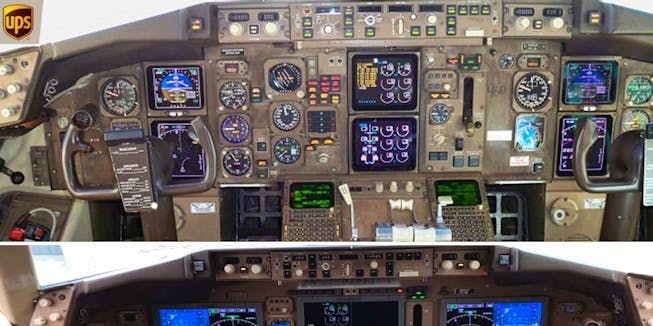
On both types, the cockpit will be modernized (above the original one and below the updated cockpit). However, both aircraft types only have new screens installed.

Before and after comparison between the current Airbus A300 cockpit (left) and the modernized version (right).
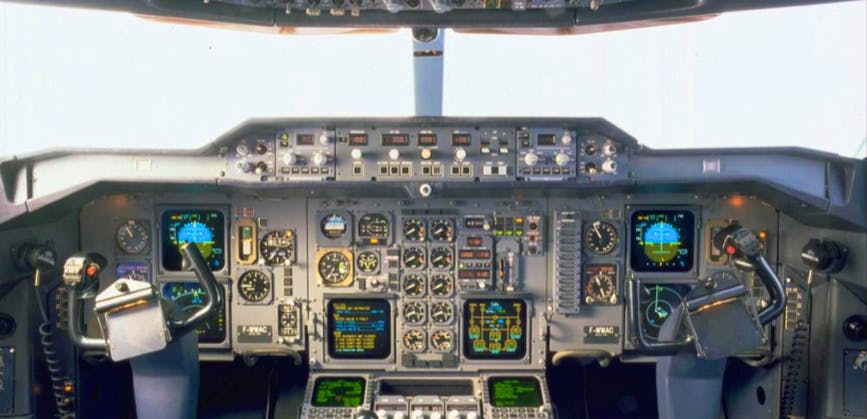
The previous cockpit in detail: The distinctive design from the 1970s is clearly recognizable.
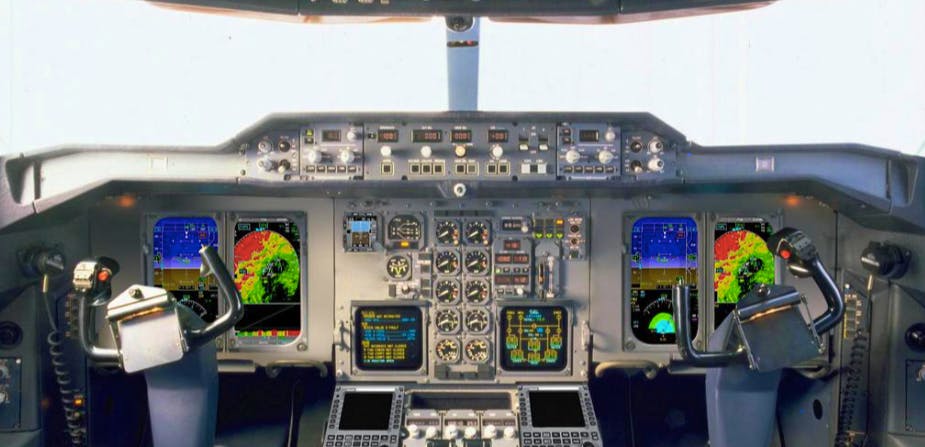
Overview of the modernized cockpit: LCD screens will dominate the cockpit of the A300 at UPS in the future. Only the engine displays in the center remain analog.

UPS received its first Airbus A300 in 2000.

The cargo airline operates 52 aircraft of the type that had its maiden flight in 1972.
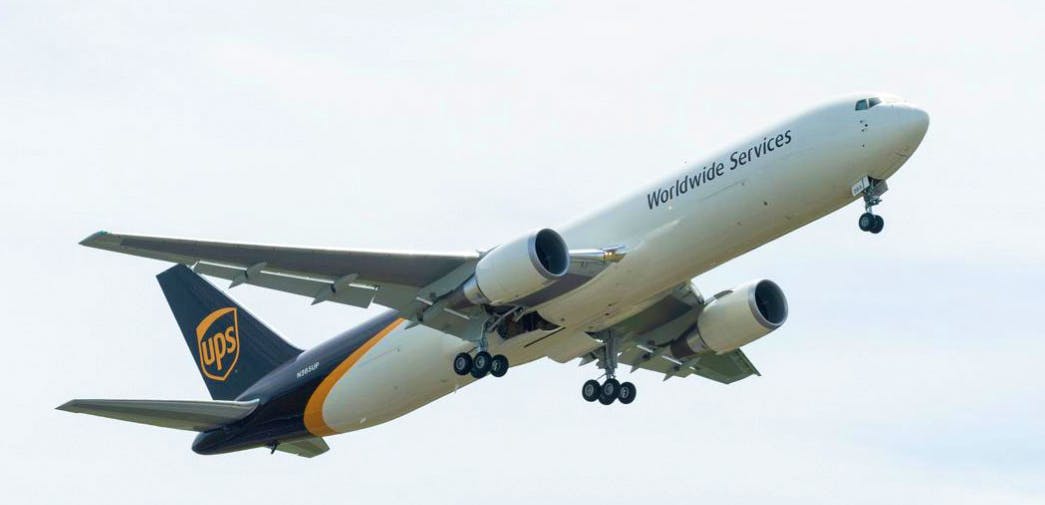
They also operate the Boeing 767 (shown here) and its smaller sister model, the 757.

On both types, the cockpit will be modernized (above the original one and below the updated cockpit). However, both aircraft types only have new screens installed.
At the time of delivery, the plane was already considered one of the older ones. Other airlines had long begun to replace it with newer jets. But in July 2000 UPS added the first factory-new Airbus A300 to its fleet. The maiden flight of the original Airbus model had already been 27 years ago. Despite its outdated technology, the wide fuselage and medium-range characteristics made the aircraft ideal for continental express freight operations.
Until 2009, the American freight company took delivery of 52 factory-new A300 F aircraft. Even on the first A300 UPS took delivery of, there no longer was a need for an on-board engineer nor was the cockpit equipped solely with analogue indicators. Nonetheless, the flightdeck still was no longer up to date. In the meantime, the A300’s onboard computer has long reached its computational limits.
More workload on pilots
UPS explained to the AIN Online portal that the aircraft’s flight management system could not even store all US airports. Adding new data often takes a lot of time and increases workload in the cockpit. Unlike fully digital cockpits, the A300 cockpit’s semi-analogous design makes it harder for pilots to get a good overview of the situation. That will change now.
In order to keep their Airbus fleet up to date in a time of increasing data traffic in aviation, UPS is having the cockpits of their A300s extensively modernized. The American Federal Aviation Administration (FAA) is also providing incentives for the Airbus classics to be equipped with significantly more computing power in the future. In the so-called Next-Gen program, the FAA plans to support air traffic even more with information technology and networking in the coming decades. In order for UPS’s A300s to be able to join in as planned until at least 2035, it will not be sufficient to simply replace the existing displays with larger screens, as the airline is currently planning for its Boeing 757 and Boeing 767 aircraft.
«Same as 787 or A350»
In addition to four large LCD displays, the Airbus A300 also replaces the on-board computer (in the jargon: flight management system), weather radar, communication systems, replacement instruments, a maintenance system and the anti-ground collision warning system with new and more powerful components. Pilots will not only be able to access a worldwide database for airports and navigational points, but will also be provided with three-dimensional images of their surroundings in real time, both during flight and on the ground.
«It will be comparable to the capacities of the Boeing 787 or the Airbus A350,» an engineer from UPS assesses the planned improvements in an interview with the portal Flightglobal. The equipment will be supplied by the American avionics specialist Honeywell, and the new cockpit will be installed and certified at Airbus. UPS plans on retrofitting the entire fleet starting in 2020 and completing it within two years.
See photos of today’s and tomorrow’s UPS Airbus A300 cockpits in the picture gallery above.
